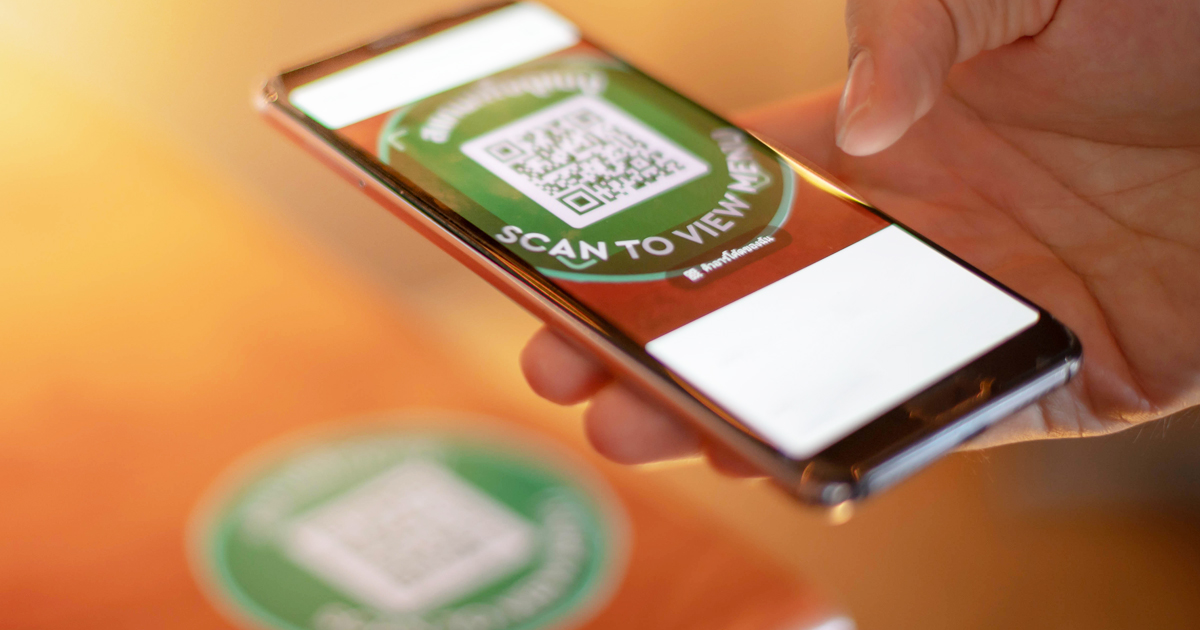How Hackers Exploit QR Codes
QR codes—those square blocks of black and white pixels—have become ubiquitous, appearing on everything from restaurant menus to store products and mall posters. They provide a low-cost, easy way for businesses to link consumers to websites, store discounts, promotional campaigns, and mobile payments. However, they’re not entirely secure.
QR codes gained popularity as contactless transactions increased during the pandemic. Over one-third of smartphone users have scanned a QR code on a product or at a restaurant or bar in the last year. Unfortunately, many mobile users are unaware of the risks associated with QR codes.
While hackers cannot easily tamper with the pixelated dots themselves, they can embed malicious software into QR codes. These hacked codes can redirect users to infected websites, trigger malicious downloads, or capture sensitive information. Once malware is installed on a smartphone, it can:
- Initiate a phone call to the scammer, exposing the victim’s phone number.
- Send and receive text messages from the scammer.
- Add a contact listing to launch a spear-phishing attack.
- Initiate a payment, exposing the user’s account information.
- Track your location and collect data on your whereabouts.
- Redirect social media accounts to follow the scammer’s profiles, exposing personal information and contacts.
- Add a compromised Wi-Fi network as a preferred network, automatically connecting your device to it.
Most smartphones have built-in QR code reading capabilities, making it tempting to scan them. However, simply refraining from scanning random QR codes is your best defense against scammers. Additionally, there are other precautions you can take.
Some financial institutions, like Alpine Bank, enhance security by including their logo inside their QR codes, offering users a visual assurance of authenticity (see example below).


